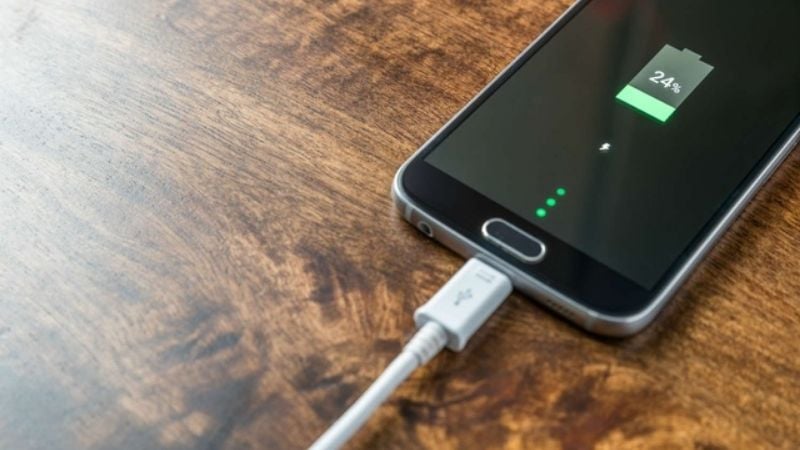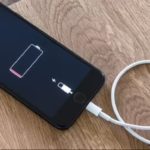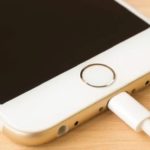Proper phone battery care is crucial to maintaining optimal device performance and longevity. Adopting good charging habits and usage practices can extend your battery life and optimize your phone’s functionality.
Below are recommendations for optimal charging levels and phone usage habits to minimize battery damage:

Optimal Charging Levels and Phone Usage Habits to Minimize Battery Damage
What’s the ideal battery percentage to charge your phone?
Experts recommend charging your phone when the battery level reaches around 20-30%. This is the sweet spot for charging, as it reduces strain on the battery and prolongs its lifespan.
Waiting until your battery is critically low or completely drained before charging can be detrimental to its long-term health. Repeatedly letting the battery drop to 0% damages the cells and gradually reduces its ability to hold a charge.
On the other hand, there’s no need to charge your phone when the battery level is still high, say above 80%. Doing so consistently can lead to overcharging, which is equally harmful to your battery’s health.
Phone Usage Habits to Minimize Battery Damage
Avoid Overnight Charging
While it’s a common practice to charge phones overnight, this can lead to overcharging. Once your phone reaches 100% and continues to be charged, the battery is forced to accept more power, causing it to heat up and degrade over time. It’s best to unplug your charger once your phone reaches 80-90% to prevent this issue.
Use Official Chargers
Using non-official or low-quality chargers and cables can severely damage your battery. Substandard chargers may provide unstable current, leading to battery failure or even the risk of fire and explosion. Always opt for official or equivalent quality chargers to ensure safety.
Minimize Phone Usage While Charging
Using your phone extensively while it’s charging can cause the device to heat up quickly. This is detrimental not only to the battery but also to other internal components. It’s best to give your phone some rest while it’s charging.
Avoid Letting Your Battery Drop Below 20% Frequently
As mentioned earlier, frequently letting your battery drop below 20% puts significant stress on the battery cells and reduces its ability to hold a charge. Make sure to charge your phone when the battery level is around 20-30% to protect your battery’s health.
Maintain Optimal Temperature
Environmental temperature greatly affects battery performance. Storing your phone in extremely hot or cold conditions will accelerate battery degradation. The ideal temperature range for optimal battery performance is between 20°C and 25°C.
To prolong your battery life, remember to charge your phone when the battery level is around 20-30%, avoid overnight charging, and adopt healthy charging habits. These practices will not only stabilize your battery’s performance but also enhance your phone’s efficiency over the long term.



































